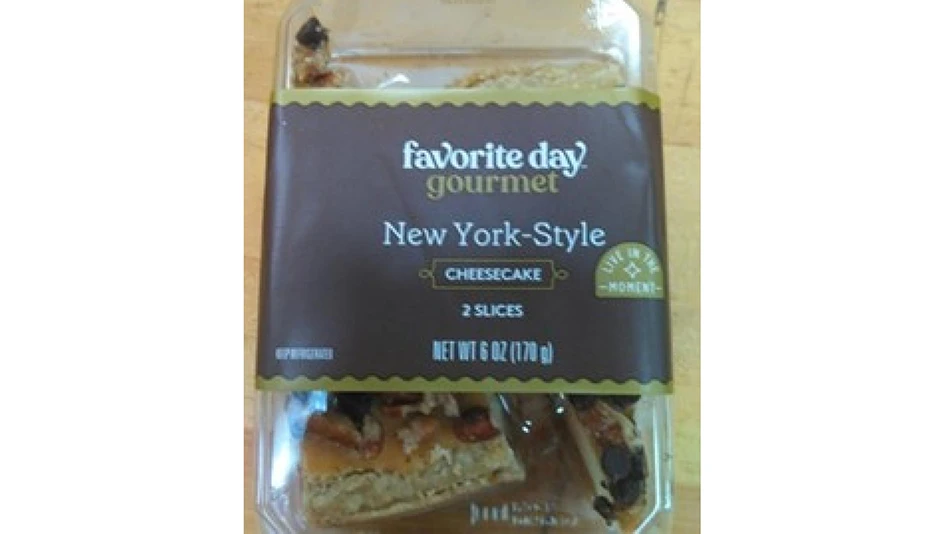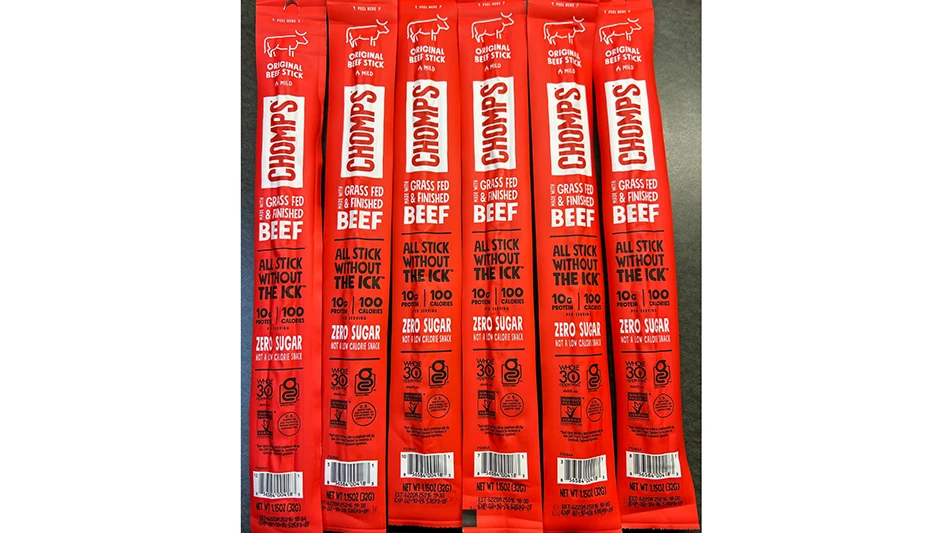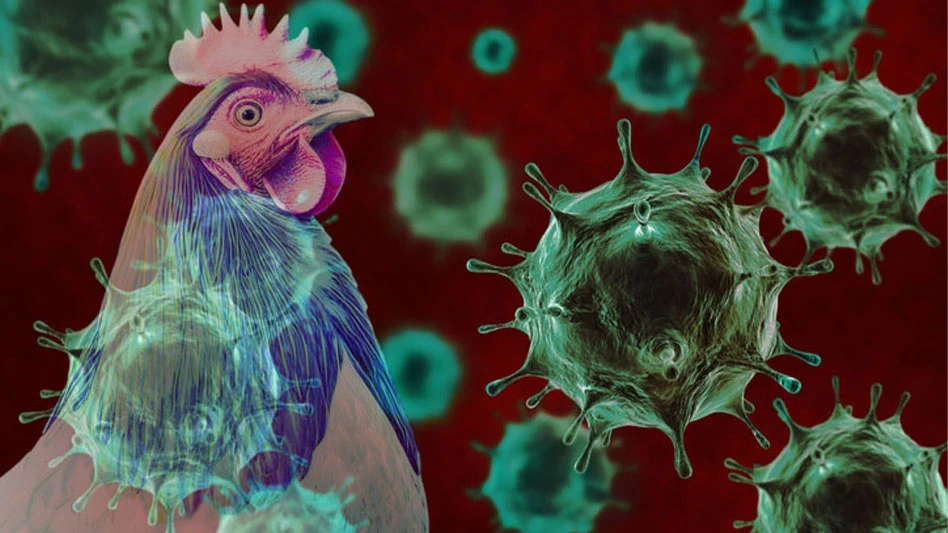It is interesting to note that, in comparison with the QA market studies on rodent control conducted in 2019 and 2018, fewer facilities outsourced their rodent control services each year, with 12% using only internal employee(s) or departments in 2020 vs. 7% in 2019, and 5% in 2018 (Figure 11).
Responses to other questions on the survey may provide some insights for this, as nearly half (47%) of all 2020 respondents said they had seen no damage caused by rodents (Figure 12) and 26% said that the level of rodent infestations had decreased in the last year, while only 3% saw the level as increasing (Figure 13).
So what methods are the food facilities using to achieve this control? As shown in Figure 12, the most common methods are the placement of rodenticide in tamper-proof bait stations around the exterior of the facility and its property (85%), and sticky traps inside buildings (63%). While only one-third of respondents made structural modifications externally (35%) or internally (33%), this was the next most common method of rodent control.





Explore the July August 2020 Issue
Check out more from this issue and find your next story to read.
Latest from Quality Assurance & Food Safety
- Seeding The Future Global Food System Challenge Finalists Revealed
- TraceGains Launches AI-Powered Intelligent Document Processing to Improve Ingredient Safety, Compliance
- IFT Virtual Workshop on Food Fraud Prevention to Address Supply Chain Disruptions
- Penn State Course Covers Fundamentals of Food Science
- Joint FAO/WHO Expert Committee on Food Additives Seeks Experts
- FDA Reschedules Webinar on Updated ‘Healthy’ Claim
- Thousands More Laid Off at FDA, CDC in HHS Restructuring
- USDA Extends Deadline on Request for Information for Poultry Quality Standards





